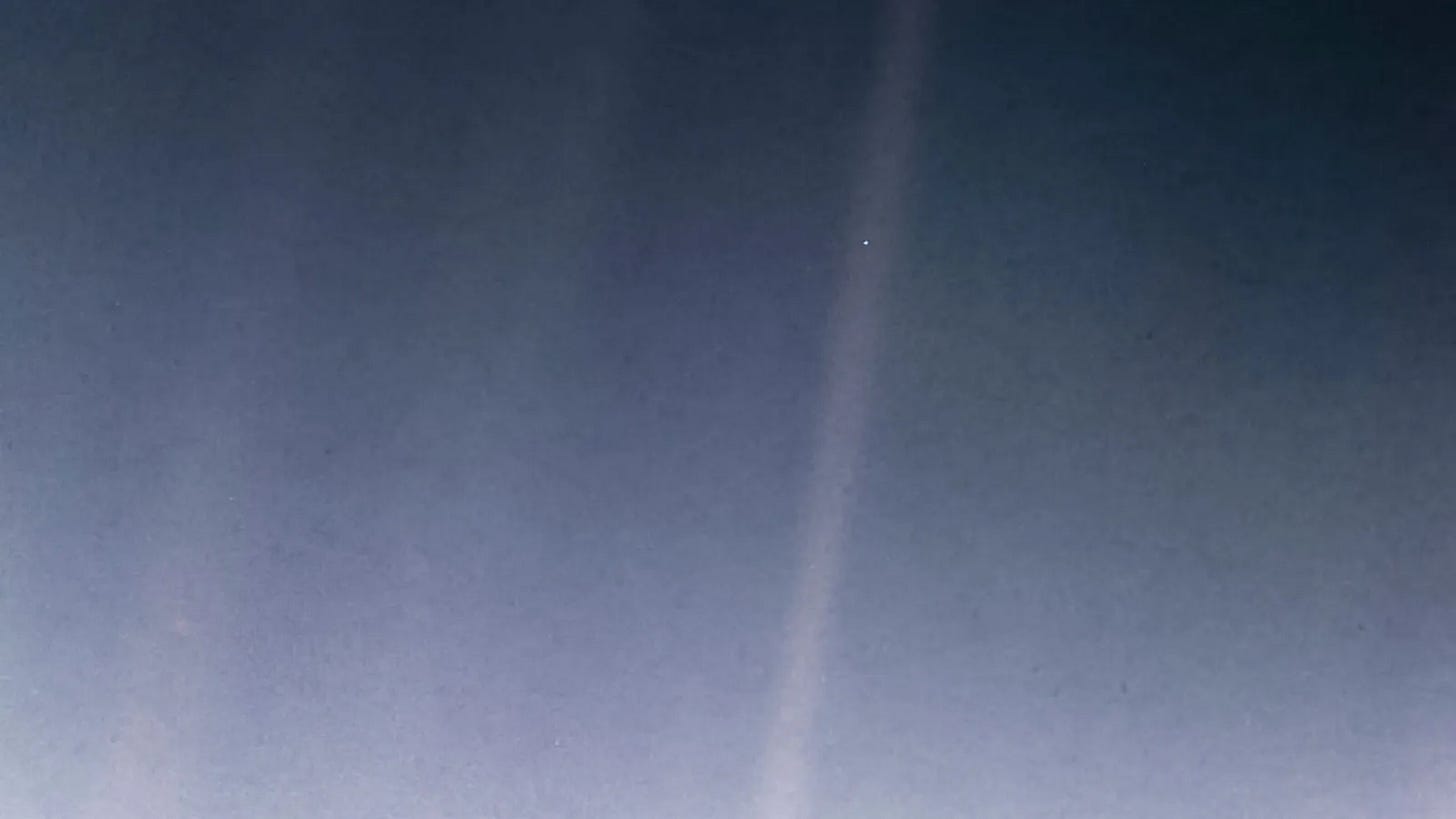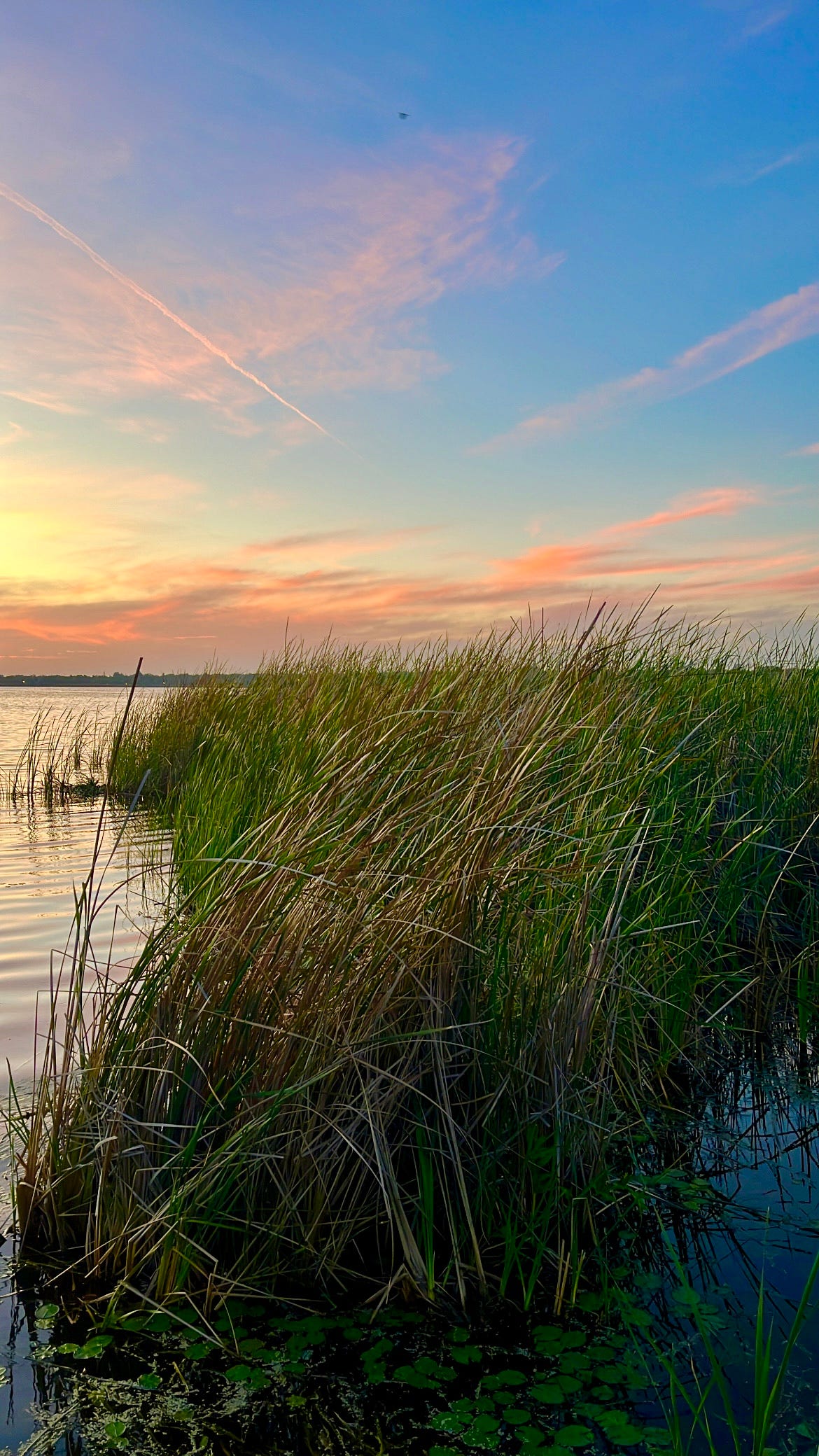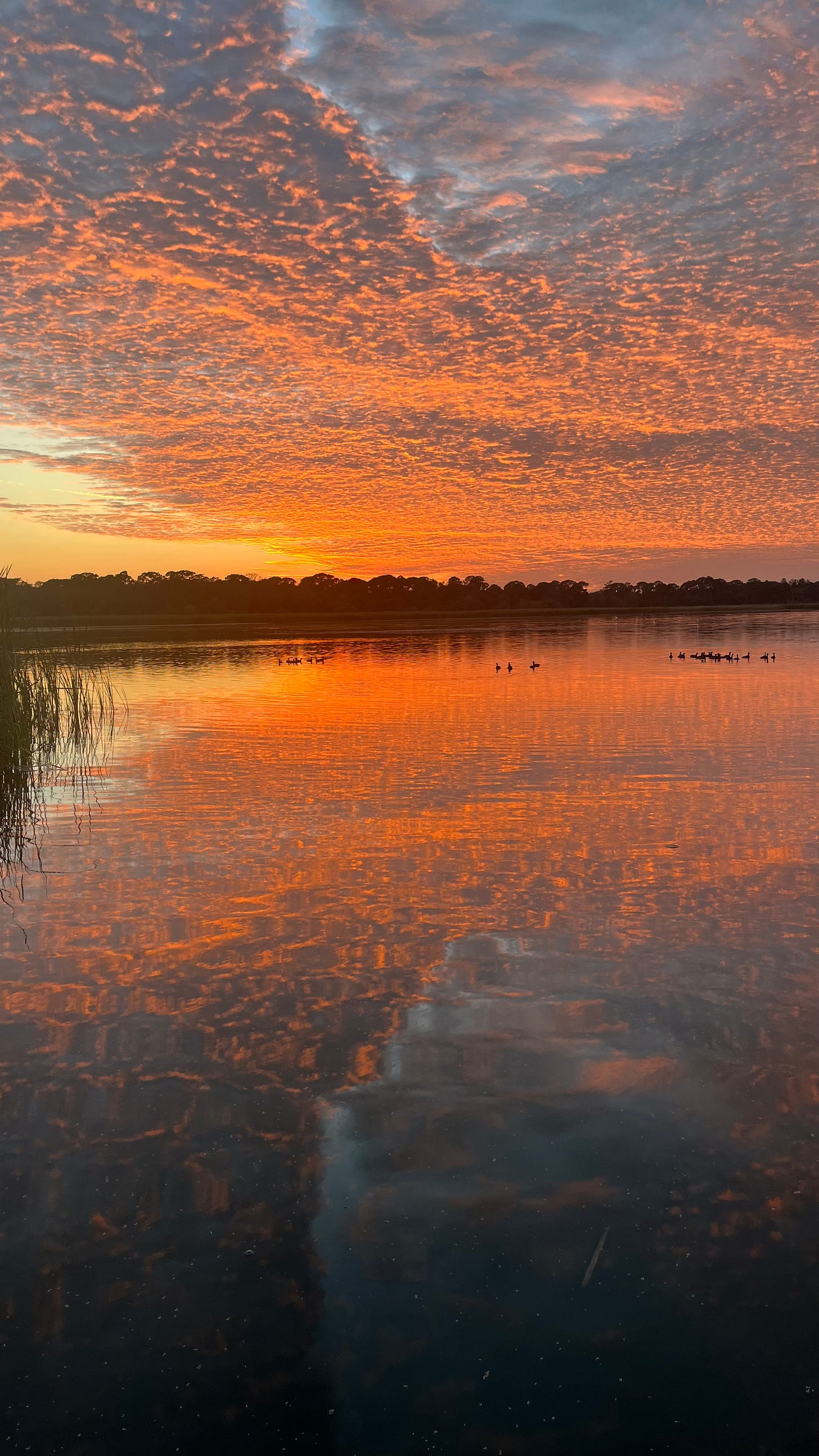on voyaging
birth and death. coming and going.
I wrote this piece on the day of the spring equinox. A fitting time of rebirth, awakening and renewal. This post is extremely personal, but if I have learned anything about myself, it’s that sharing my experiences through writing is healing, liberating and necessary.
I’ve had trouble sleeping lately.
I wake up suddenly, violently most mornings around 3am, prodded awake by my body.
At first, I lie still and watch the shadows of the palm trees outside of my windows rake their fingers up and down the wall, the orange glow of the streetlight outlining their bones.
I try not to, but some nights, in an effort to escape the narrow walls of my insomnia, I turn to online chatter. I lie on my side, cradling my phone in the palm of my hand as I read about things that make me cry and laugh and experience hope sitting alongside despair.
I read about recipes meant to increase my protein, the best way to invest my money, and tarot spreads I should try. One swipe of the finger takes me from the atrocities in Gaza to a yoga sequence. I feel disjointed, caught between sleep and wake, between horror and peace.
One night, I read about Voyager 1.
The headline pulled me in: NASA’s Voyager 1 spacecraft is talking nonsense. Its friends on Earth are worried.
I can relate, I thought to myself. I know what it feels like to be alone, spinning words in my head that deflate as soon as I try to speak them. I know what it feels like to go silent for months on end, for my friends to gently check in on me.
I didn’t know I had so much in common with a lonely spacecraft.
In 1977, the United States sent Voyager 1 into the universe with an American flag, a golden record and a mission: go see Jupiter and Saturn. Send back pictures. Tell us what it’s like out there.
What was meant to be a 4-year mission has stretched into 46 years spent winging away from Earth. Voyager 1 has exited the heliosphere and entered into interstellar space. It is in the most foreign of lands, witnessing parts of the universe that humans may never reach.
But it is dying.
One by one, Voyager’s instruments have been shut off. It took its last photos on Valentine’s Day in 1990. One of them, the Pale Blue Dot, showed humanity just how small it really was—nothing more than a mote of dust floating in a vast expanse.
Despite this, on the Voyager went, faithfully sending back strings of binary code to tell Earth all about what it was seeing, feeling, experiencing. As I read this, I imagined the spacecraft, the size of a compact car, writing feverishly in a well-worn journal.
Wish you could see this. You wouldn’t believe it. It’s beyond what we all imagined.
But these days, the Voyager 1 is lost in translation.
It sends back endless strings of alternating 0s and 1s, nonsensical blabber that none of its scientist friends can decipher. A fatal error, most agree. There are attempts to fix it, yes, but the end will be the same: eventually, the Voyager 1—launched with such a grand, otherworldly task—will become nothing more than space junk.
For whatever reason, I cried as I read this, alone at 3am with nothing to accompany me but my thoughts and the sound of the wind moving through the palm fronds.
I couldn’t stop thinking of the sweet, earnest Voyager, sending messages back home that would never be read. I thought of how terribly sad it must to see things so extraordinary and to have no one to tell.
I fell asleep eventually, wondering if the Voyager thought it was fine. I wondered if it knew it was dying. I wondered if it mattered.
When I found out I was pregnant, my first thought was of course I am.
It was 12:49pm on a Wednesday. I was alone.
I thought about all of the blurry, confusing signals my body had been sending home for the past few weeks. The tears, the pains, the strange tensing sensation I had deep inside me.
It made sense.
The two blue lines gave me an explanation, but I felt so far from understanding what I had embarked on. An entire universe was being created, expanding from nothing. And I could not possibly see what was happening. And people who saw me couldn’t begin to guess all that was happening within.
Everything I read told me about the connection I would feel, the intimate communication between me and the life growing inside of me. I don’t feel it, I thought. My body was receiving the signals, yes, but I didn’t understand them.
Just wait, my friends said. You’ll feel it soon.
But despite being nestled safely within me, I imagined my tiny voyager floating in deep space, cartwheeling among the stars, lightyears away. I wondered how I was meant to establish a connection with this otherworldly being.
I’ve heard people say that everything changed when they found out they were going to become a mother. But I worried what it meant if I couldn't see the change. Couldn't feel it yet.
My child felt far from me still.
In February, Hilly and I left the island and moved to Florida. Near where we live now, there is a wide, vast lake, a bastion of tranquility nestled next to one of the busiest streets in the area.
I walk there often, scouting for the knobby heads of alligators breaching the still surface of the waters and keeping watch as the long-necked herons delicately probe the loamy soil for food.
The division is stark: traffic whooshes by in even lanes in the background, but before me, all is wild and unfettered. Ducks skitter into the reeds. A lazy turtle eats a lily pad slowly, methodically. I am content to stand still and watch, taking Mary Oliver’s advice to heart.
As the sun sets, most days, I hear the plaintive cries of the moorhens—the small, black waterfowl who roost in the reeds. Their calls sound like someone pathetically blowing a party blower, a lackluster “hurrah?” of a noise that feels like a mournful celebration. Like happiness undercut with worry.
One evening, as I stand at the end of the dock, I watch as a small moorhen picks its way across the dried rushes, balancing delicately on a basket-weave raft of dying cattails. A fledgling, I figure, given away by its downy feathers and tentative steps.
It calls in intervals to another island of reeds across the way, as if to say, can you hear me? Do you see me? Another moorhen answers it: Yes. I see you.
It voyages on, searching for water spiders and tiny insects that hide in the hulls of spent cattails. It sends messages back home, one by one. A tiny tether of understanding arcs across the water, anchoring child to mother.
As I stand still, the sky darkens quickly, turning from a fiery burnt orange to soft blue shot through with pale yellow across the horizon. Still, I hear the cries of the now-invisible fledgling moorhen. I am here. I am here.
The mother stops responding. Still, the child cries, but the quality has shifted. I do not hear loneliness. I hear a story. I am seeing the other side of the universe. I know I am not alone. I know that home is still there. I will return.
I place my hand on the tender space where the universe expands within me, where my tiny voyager journeys from places I will never see. I imagine my child, making its way earthside, winging by the distant Voyager 1, waving as it passes. Promise me you’ll tell everyone how beautiful it is out here, the dying spacecraft tells my child.
I will, it responds.
I watch as the distance expands between the two, one leaving and one coming. One dying and one being born.
My eyes blur at the impossibly beautiful thought of it all.
I wrote the below poem about Voyager 1 during one of my sleepless nights.
Thank you for being with me on this beautiful, wild journey.







Congratulations, Katie! It's so lovely to read your writing again and witness you starting this new phase of life. Sending you so much love. <3
Wow! So beautifully written. I had my little one just over a year ago and so much of this resonates. Thank you so much for sharing!